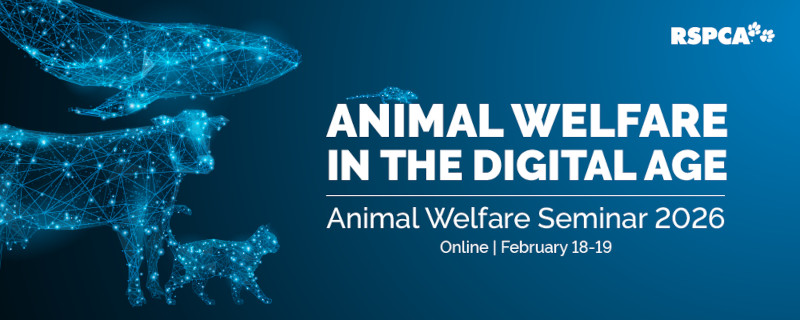Pigs are intelligent, social animals, with a complex range of behaviours and needs. Group housing of pregnant pigs allows them to engage in exploratory and foraging behaviour, or to interact socially with other pigs. In commercial systems, sows are managed in either static or dynamic groups. A static group is a group in which pregnant pigs remain together for the entire gestation period with no more pigs added once the group has been formed. A dynamic group is a group pregnant pigs whose composition frequently changes throughout the gestation period.
The composition of static and dynamic groups of pregnant pigs must take into account:
- pig familiarity (mixing familiar animals may reduce aggression at mixing), and their physical size (uniformity);
- gestation stage (aggression, stress and injuries appear to be greatest if mixing early after insemination);
- age and parity (older sows that have had more litters tend to be more aggressive and fight for dominance at mixing);
- number of pigs; and
- temperament.
Group size may impact on the number of injuries (larger groups generally result in more injuries) but also needs to take into account the type of feeding system. For example, too many pigs in an electronic sow feeder system will result in increasing frustration and aggression as animals have to wait to access the feeder. Key to successful group housing is careful management, particularly of low-ranking or smaller pregnant pigs.

